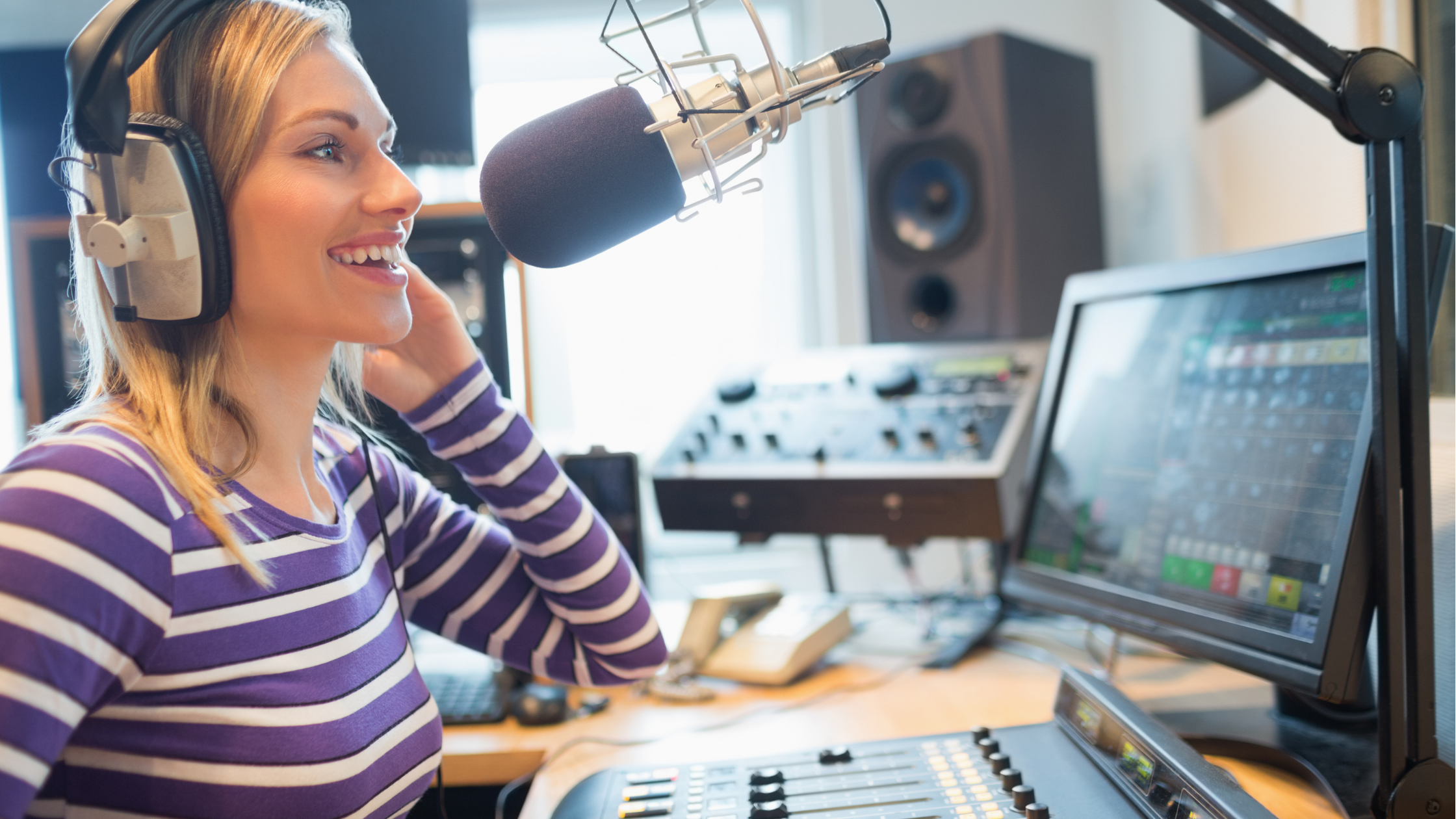
Introduction: How Radio Stays Strong in a Digital Age
Radio might seem like an old-fashioned thing in a world full of streaming services, podcasts, and social media. But it keeps doing well, mostly because of sales of ads. Radio is still a powerful way to reach a wide range of people, and its advertising revenue is what keeps modern stations going and growing.
The Backbone of the Revenue Engine: Advertising
Radio stations depend on sales of ads to pay for their operations, hire talent, improve their technology, and reach more people. A recent study found that businesses that include AM/FM radio in their media plans make 42% more money than businesses that don’t. This level of profitability makes radio advertising not only possible, but also necessary for the station’s long-term success.
Brand Power and Market Share
Stations that can sell ad space well often have a better position in the market. Advertisers who use radio get 28% more market share and 17% more pricing power. This means that people remember their brands better and are more loyal to them. These numbers are very important for stations that want to get high-paying advertisers and increase their power.
Targeted Reach and Local Effect
Radio is a great place for targeted advertising because it can separate listeners by location, age, and listening habits. Local businesses that want to reach commuters can use morning shows as prime real estate. By focusing on specific areas, stations can build strong ties with their communities and get advertisers to come back.
Working with digital marketing
Not only do modern stations broadcast, but they also stream, podcast, and interact with fans on social media. You can combine radio ads with digital campaigns to make experiences that are available on all channels. This synergy makes listeners more interested and gives advertisers more value, which makes them want to spend more on radio slots.
Creative Freedom and Trust from Listeners
There are different types of radio ads, such as jingles, voiceovers, interviews, and sponsored segments. This freedom lets stations make interesting content that listeners will enjoy. Also, radio is a trusted medium because people often feel a personal connection to their favorite hosts. This makes ads more believable and effective.
High ROI and performance measures
Radio ads bring in a lot of money. According to Nielsen, businesses get an average of $10.59 back for every dollar they spend on AM/FM radio ads. Stations that can show advertisers this value are more likely to make more money and add more shows.
Conclusion: A good plan for long-term growth
Radio ads are more than just a way to make money; they’re also a way to grow your business. Modern radio stations can do well in today’s crowded media market by offering targeted reach, a high return on investment, and the ability to connect with digital platforms. Radio will always be an important part of the marketing mix and a powerful engine for station growth as long as brands look for real, affordable ways to connect with people.